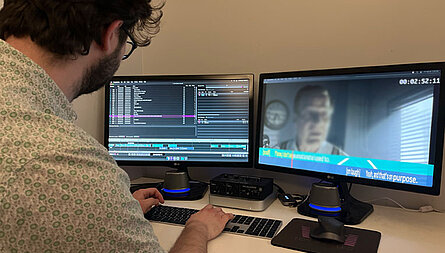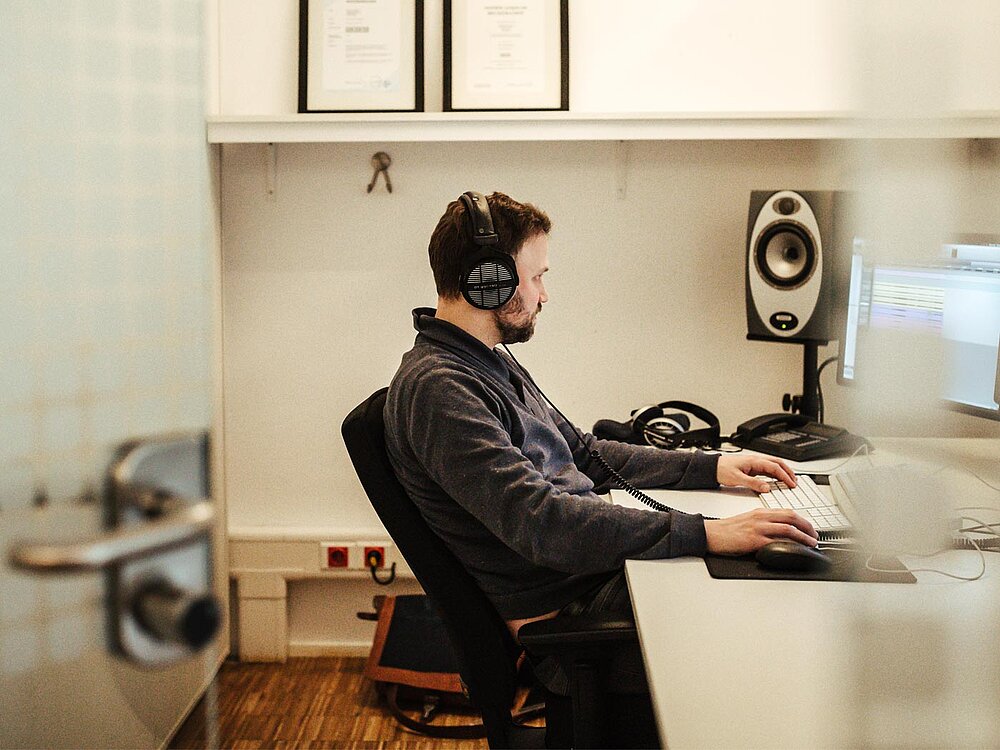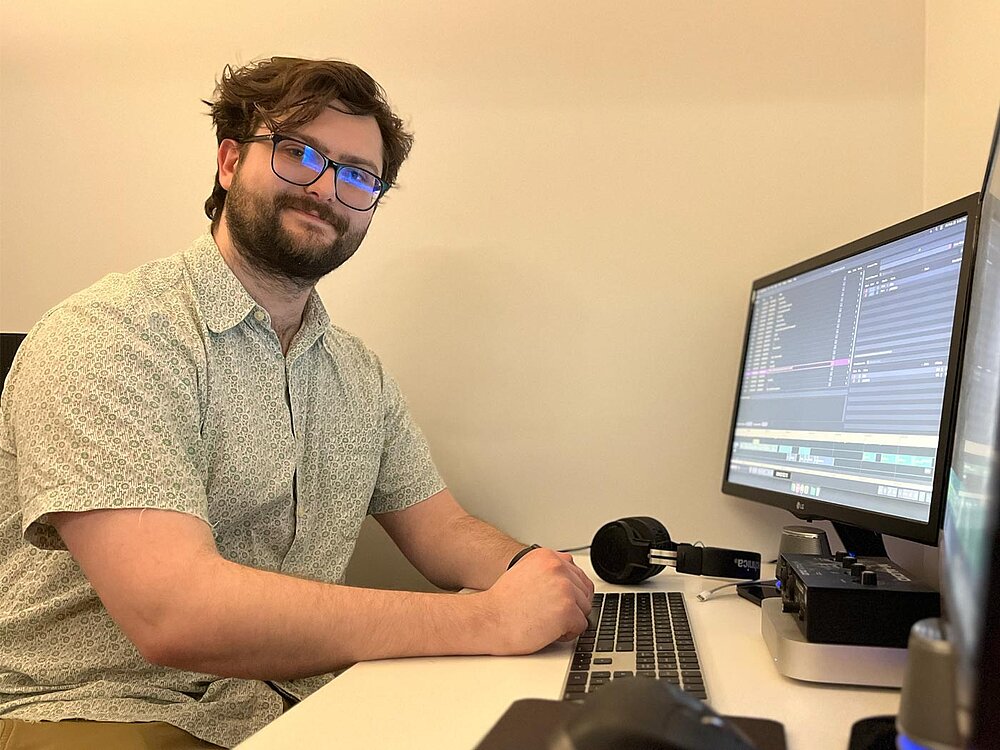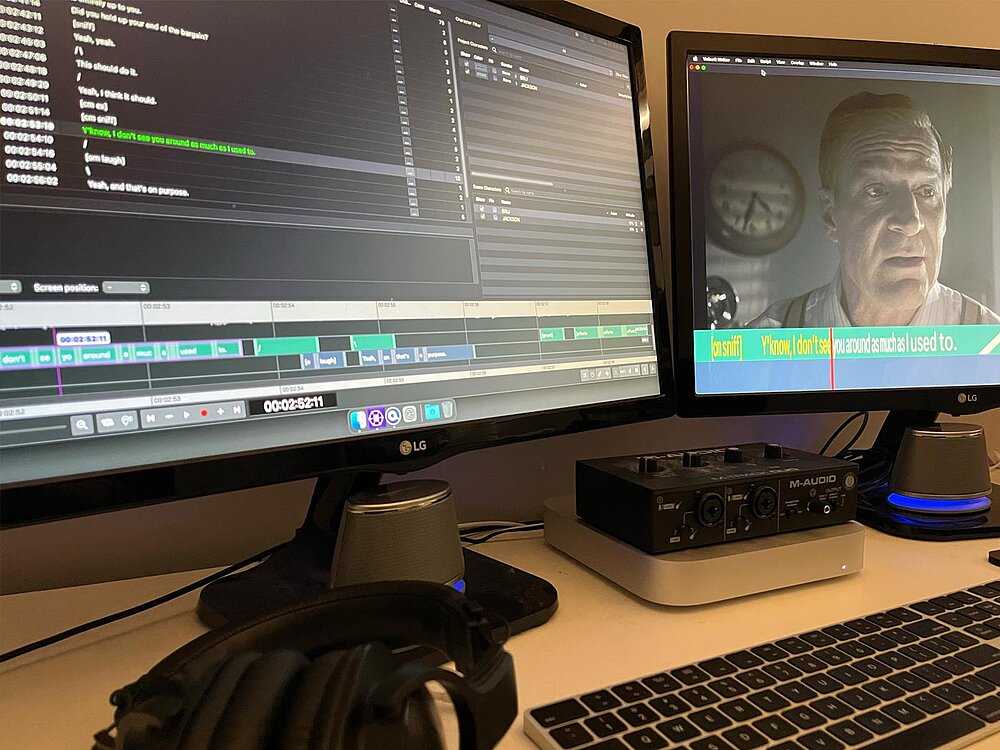It’s all in the adaptation: The importance of crafting believable dialogue
High-quality dubbing is essential when connecting an audience with entertainment content outside their native language. This particularly rings true for English-speaking audiences, who, unlike the rest of the world, haven’t been as extensively exposed to dubbed content. Where dubbing for global audiences is the norm, typically evoking a wider understanding of an occasional glitch in the lip-sync or differences with word selection, English-speaking audiences tend to be far less forgiving. Being off by a few frames or not correctly matching a facial movement risks alienating the audience. And the key to preventing this lies in the adaptation.





